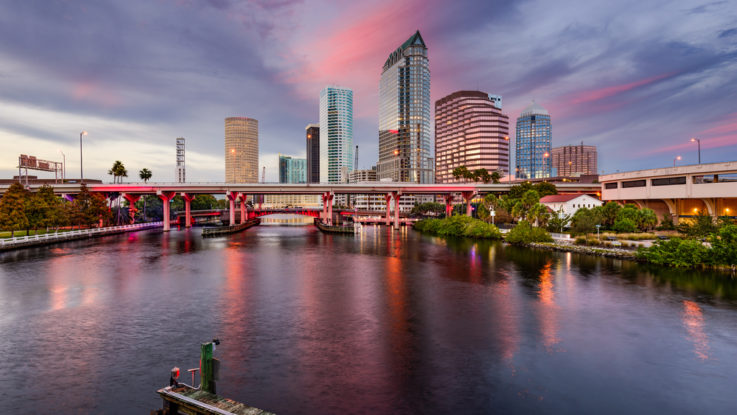
The city of Tampa, FL released its first resilience roadmap – ‘Resilient Tampa’ – which introduces four Chapters, 13 Goals, and 58 initiatives aimed at better preparing Tampa for the known and unknown shocks and stresses it may face in future.
“The work of building a more resilient city has never been more urgent, as Tampa is being tested in a way it has never been tested before,” said Mayor Jane Castor. “The spirit of partnership and coordination embedded in Resilient Tampa will be critical as we work to implement this Resilience Roadmap and ensure our city comes back stronger than before. This roadmap, organized across four scales-from individual Tampanians, to neighborhoods, to our infrastructure, to city government – includes ambitious goals and tactical actions to which we can all collectively contribute.”
The four chapters include:
- Opportunities for All Tampanians – a commitment to ensure that all residents, especially Tampa’s most vulnerable ones, are supported and have the opportunities necessary to support themselves, to provide for their families, and to contribute to the city’s future;
- Thriving Neighborhoods – with the recognition that the city’s neighborhoods are its foundation, promoting safe, prepared, and economically accessible spaces for all residents;
- Climate-Ready Infrastructure – a commitment to definitive actions that will address both the causes and effects of climate change; and,
- Growing and Connected City – seeking growth in inclusivity and effectiveness, making resilience-building a permanent capacity within the governing systems.
“The initiatives in this roadmap are not intended to be easy to accomplish. Nor can they be implemented by one department, one Mayor, or City of Tampa workforce,” said Whit Remer, the City’s Sustainability and Resilience Officer. “It is my hope that every Tampanian can find at least one initiative that resonates strongly and sparks an urge to get involved to lift up our community. It will take all of us, partnering together, to make this roadmap a reality and build a stronger, more equitable, and more resilient Tampa.”